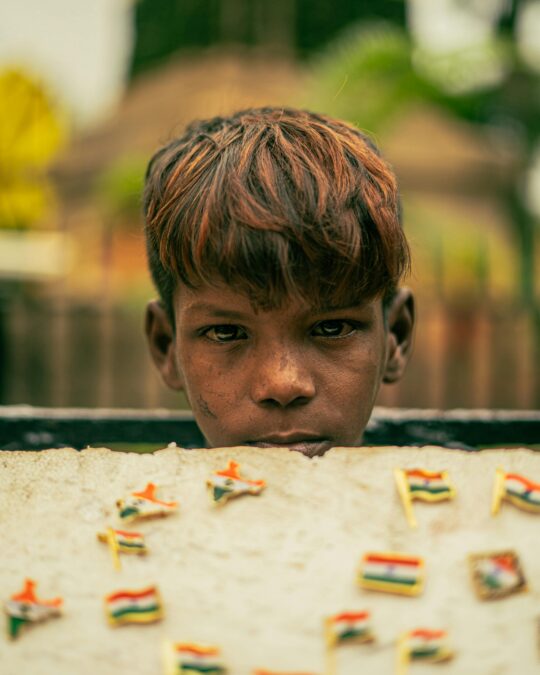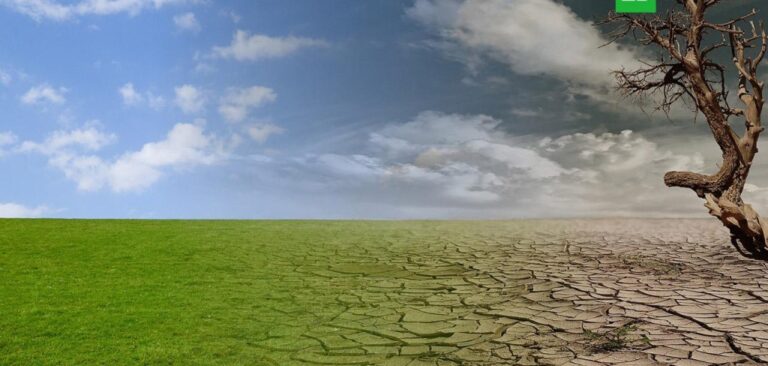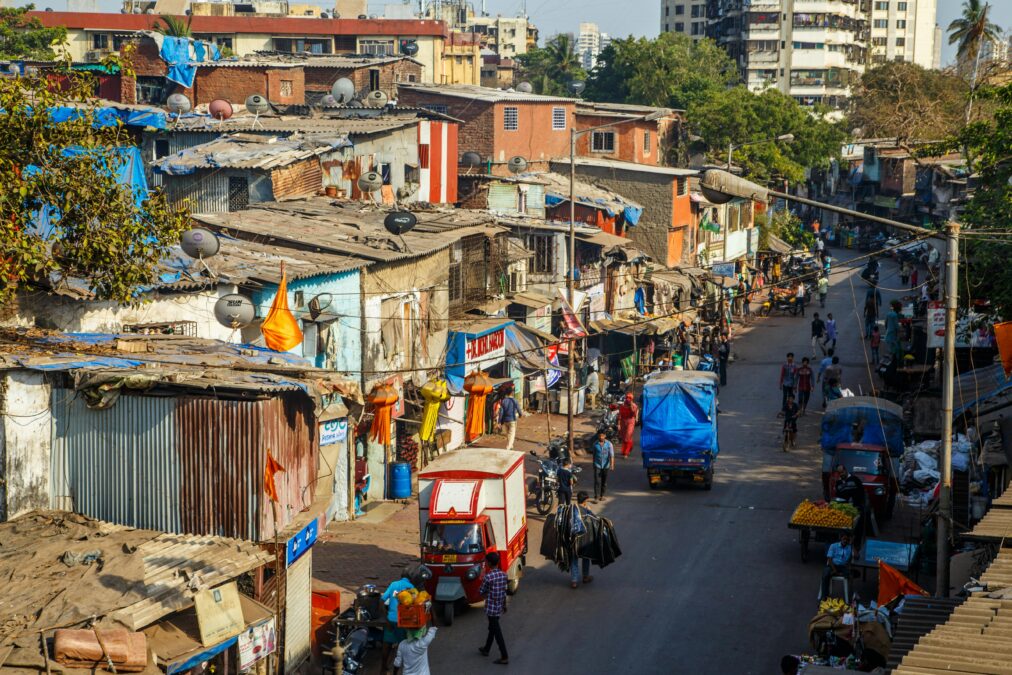Introduction
Poverty is one of the most pressing issues in India, affecting millions of people. Despite the country’s rapid economic growth over the last few decades, the gap between the rich and the poor continues to widen. But why does poverty persist in a country that has made significant strides in various sectors? Understanding the root causes of poverty in India is essential to tackling it. In this article, we’ll explore the various factors—historical, social, economic, and more—that contribute to poverty in India and discuss potential solutions to this long-standing problem.
Historical Context of Poverty in India
To understand the present, we must look at the past. India’s history has played a crucial role in shaping its current economic conditions. The colonial period, in particular, left a lasting impact on wealth distribution and the economy.
Economic Factors Contributing to Poverty
Colonial Impact on Wealth Distribution
During British rule, India’s resources were exploited, and wealth was drained to benefit the colonizers. This led to significant economic disruption, especially in agriculture and small industries. Post-independence, India inherited an economy that was in shambles, with massive income inequalities that still echo today.
Post-Independence Economic Challenges
Although India adopted various economic reforms post-independence, the pace of change was slow. Initially, the focus was on self-sufficiency rather than growth, which hampered industrial progress. The sluggish growth meant fewer jobs and opportunities, keeping many people in poverty. Even with liberalization in the 1990s, large sections of the population remained untouched by the benefits of rapid economic development.
Social Inequality and Poverty
Social factors play a significant role in perpetuating poverty. In India, the caste system, gender disparities, and other social structures create barriers that make upward mobility extremely difficult.
Caste System and Marginalization
The caste system has historically marginalized lower-caste communities, restricting their access to education, land, and employment opportunities. Even today, despite constitutional protections, many people from marginalized castes face discrimination, which limits their economic prospects.
Gender Disparities

In addition to caste-based discrimination, gender inequality exacerbates poverty in India. Women often lack access to education, healthcare, and employment opportunities. Social norms frequently restrict their ability to work outside the home, limiting their contribution to household income. This results in a cycle of poverty that affects entire families.
Educational Barriers and Their Impact on Poverty
Education is often viewed as the key to breaking the cycle of poverty. However, in India, many barriers prevent people from accessing quality education.
Lack of Access to Quality Education
In rural areas, schools are often underfunded and understaffed, providing subpar education. Children in these areas face a huge disadvantage, making it harder for them to compete in the job market when they grow up.
High Dropout Rates
High dropout rates, especially among girls, exacerbate the problem. Economic pressure often forces children to leave school and contribute to the household income, creating a vicious cycle where lack of education leads to fewer job opportunities and continued poverty.
Unemployment and Underemployment
Employment is a crucial factor in reducing poverty, but India faces challenges on this front as well.
Rural vs. Urban Employment Discrepancies
While urban areas offer more job opportunities, rural regions suffer from a lack of industry and infrastructure. The majority of India’s poor live in rural areas where agriculture is the primary source of income. However, agriculture is often seasonal and dependent on unpredictable monsoon rains, leaving many without stable income.
Informal Sector and Job Insecurity

A significant portion of India’s workforce is employed in the informal sector, where job security and social benefits are minimal. Workers in this sector are vulnerable to exploitation, low wages, and layoffs, all of which contribute to poverty.
Agriculture and Rural Poverty
Agriculture, while vital to India’s economy, is riddled with challenges that keep farmers in poverty.
Dependence on Monsoon and Climate Change
Agriculture in India is heavily dependent on the monsoon, and with the increasing threat of climate change, farmers face even greater uncertainties. Droughts, floods, and erratic weather patterns severely impact crop yields, leaving many rural families in extreme poverty.
Fragmented Land Holdings and Low Productivity
Fragmented land holdings, where farmers own small plots of land, limit productivity. These small farms are often inefficient and produce just enough for subsistence, leaving little room for economic growth or wealth accumulation.
Health-Related Poverty Traps
Health is another critical factor contributing to poverty in India. Illness and the cost of healthcare can push families below the poverty line.
High Medical Expenses
The cost of healthcare in India can be crippling for poor families. Without adequate health insurance, people often take out loans or sell assets to cover medical bills, plunging them deeper into poverty.
Malnutrition and Disease Burden
Malnutrition, particularly among children, is rampant in poor areas. This leads to a weaker workforce and higher healthcare costs, creating a poverty trap that’s hard to escape. The disease burden is especially heavy in impoverished areas, where access to clean water and sanitation is limited.
Government Policies and Poverty Alleviation
The Indian government has implemented various policies and programs to alleviate poverty, but their effectiveness is mixed.
Impact of Welfare Programs
Welfare programs like the Mahatma Gandhi National Rural Employment Guarantee Act (MGNREGA) and various food distribution schemes have provided some relief. MGNREGA, for instance, guarantees rural households a minimum number of days of paid work each year, which helps to alleviate extreme poverty.
Shortcomings in Implementation
However, corruption and bureaucratic inefficiencies often undermine these programs. Funds meant for the poor sometimes don’t reach them due to corruption, and bureaucratic delays often slow down the implementation of critical poverty-alleviation schemes.
Conclusion
Poverty in India is a multifaceted issue rooted in historical, social, and economic factors. While the country has made significant progress in areas like education, healthcare, and employment, much remains to be done. Addressing poverty requires a multi-pronged approach that tackles both the systemic issues and immediate needs of the poor. Only through sustained effort and comprehensive reforms can India hope to eradicate poverty and create a more equitable society.















